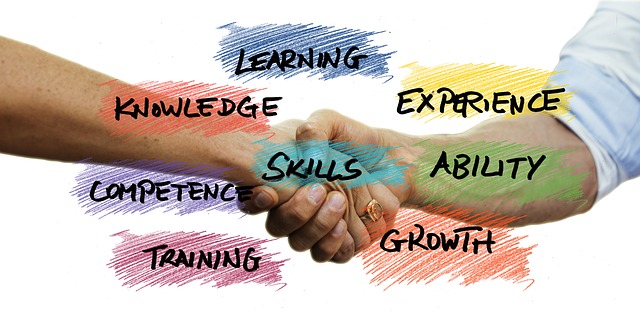Diana Winston, Director Mindfulness Education at MARC, offers a guided meditation podcast on the theme, “Back to Basics”. She reminds us that mindfulness is very much about the capacity to pay attention in the present moment and to do so with curiosity, openness and a willingness to be with what is, including our habituated distraction behaviours. Without mindfulness meditation we tend to spend out time thinking about the past (replaying undesirable events/outcomes) or the future (worrying about possible negative events which rarely happen).
Mindfulness meditation enables us to build our concentration by staying fully focused on the present. The beauty of the present moment is that it is always accessible to us if only we focus our attention. However, our busy human brains are forever active – engaged in planning, categorising, criticising, exploring, and many other mental activities that manifest our intelligence. Diana notes that everyone gets distracted during mindfulness meditation but the power of the process lies in the ability to return to our anchor to restore present moment awareness and build our awareness muscle.
Diana suggests that if we become distracted by thoughts we can name what we are doing, for example, “planning” or “critiquing” and return to our anchor. She reminds us of the research that demonstrates the benefits of mindfulness, including building relational resilience and relieving pain. Neuroscience research shows us how mindfulness can increase our capacity to manage stress, enhance positivity and happiness and even alter the physical shape of our brains. Dr. Dilip Jeste, Professor of Psychiatry and Neuroscience, provides research to highlight the role of mindfulness in developing wisdom and compassion. Daniel Goleman and Richard Davidson in their book, Altered Traits: Science Reveals How Meditation Changes Your Mind, Brain, and Body, explain that mindfulness research provides very strong evidence that meditation builds self-awareness, self-management and social awareness.
Diana maintains from her research and extensive training of others in mindfulness practice, that “people who practise mindfulness report more gratitude, more appreciation and more connection with themselves and other people”. Sometimes, a particular location can provide us with the right environment to develop mindfulness. It may provide solitude and silence or reinforce our connection to country and community as Brooke Blurton frequently describes in her memoir, Big Love: Reclaiming myself, my people, my country. Nature has a way of developing mindfulness because it stimulates wonder and awe and all our senses – sight, hearing, smell, touch and taste.
The guided meditation
In the guided meditation, Diana encouraged us to adopt a comfortable posture to enable us to sustain our focus throughout the 20 minute meditation. She suggested we choose an anchor to enable us to restore our attention whenever we notice that we were distracted. The anchors suggested were our breath, external sounds or bodily sensations. I chose to focus on my joined fingers that were resting on my lap. I find that I can very quickly sense the tinkling, vibration and warmth in my fingertips once I have them joined. As I focused on the associated bodily sensations, I became aware of pain in my fingers and wrists which then became my focus.
Diana suggests that when you are starting out using meditation, it is best to maintain a focus on your anchor and not be diverted by strong emotions. There are, however, specific guided meditations for dealing with challenging emotions.
The guided meditation provided by Diana (which begins after 6.35 minutes of introduction) incorporates a 10 minute silent meditation. Towards the end of the meditation, Diana encourages us to sense how we are feeling, e.g., whether we are experiencing ease or relaxation.
Reflection
After the meditation, I recalled that one of the first mindfulness books I read was that by Eckhart Tolle, The Power of Now. Also In an interesting occurrence of synchronicity, I had been listening to mantra meditations on Spotify (via a Janin Devi Mix) as I wrote the first draft of this blog post and Alexia Chellun starting singing The Power Is Here Now (a song I have never heard before).
As we grow in mindfulness through our regular mindfulness practice, we can access the power of the present moment to gain greater self-awareness, heightened creativity, improved emotional regulation and a deeper sense of happiness and ease. There are many options available for us to choose, e.g., chanting, meditation, yoga, mantra meditations or movement meditations. We just need to choose the modality that works best for us and enables us to sustain our practice. I find that Tai Chi provides the greatest immediate benefits for me and that is my primary mindfulness practice (supplemented by other practices as well).
________________________________
Image by Ryan KLAUS from Pixabay
By Ron Passfield – Copyright (Creative Commons license, Attribution–Non Commercial–No Derivatives)
Disclosure: If you purchase a product through this site, I may earn a commission which will help to pay for the site, the associated Meetup group, and the resources to support the blog.







